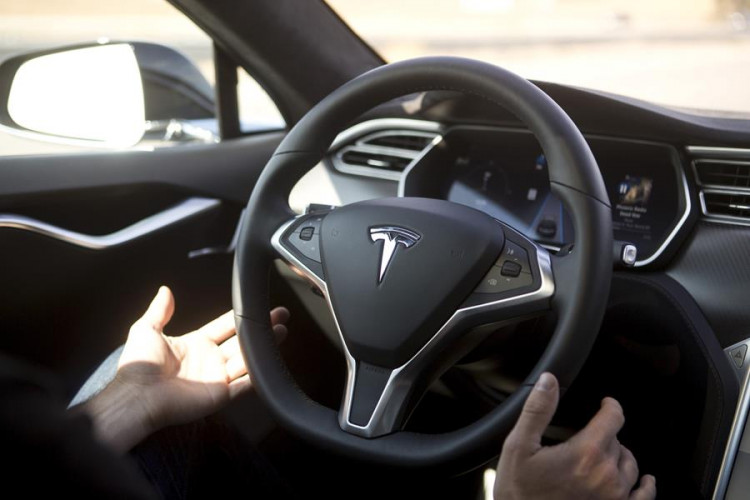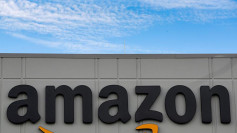Tesla is set to unveil its much-anticipated robotaxi prototype, known as the "Cybercab," amid mounting skepticism from industry experts and investors. The move marks a significant moment for the company as it pivots its focus from electric vehicles to artificial intelligence and autonomous technology. However, concerns over the viability and safety of Tesla's self-driving system continue to cast a shadow over its ambitious plans.
The unveiling, scheduled for Thursday night at a Hollywood studio, has been billed by CEO Elon Musk as a transformative step toward a fully autonomous future. Despite the hype, the company's track record with its so-called "Full Self-Driving" (FSD) software and Autopilot features has left many industry analysts unconvinced. "Tesla has been giving us this demo every year, and it's not reassuring us," said Bryant Walker Smith, a University of South Carolina law professor specializing in autonomous vehicles.
Tesla's strategy for developing autonomous vehicles differs sharply from its competitors. While companies like Waymo, Cruise, and Zoox utilize a combination of radar, lidar, and detailed mapping to enhance their safety features, Tesla has chosen to rely solely on computer vision and end-to-end machine learning. This approach, although more cost-effective, has been criticized for its lack of transparency and its "black box" nature, making it difficult to analyze and rectify errors when they occur.
Nvidia CEO Jensen Huang highlighted the risks of relying entirely on this technology. "End-to-end AI often makes the best decisions, but not always," Huang noted, underscoring why Nvidia combines AI with traditional computing systems and additional sensors for a more conservative and cautious approach to autonomous driving. "We have to build the future step-by-step. It's too unsafe to jump straight into fully autonomous vehicles without incremental advancements."
Tesla's robotaxi reveal has become increasingly crucial as the company faces slowing demand for its electric vehicles and intensified competition from Chinese automakers. In response, Musk has diverted Tesla's focus from expanding its electric vehicle lineup to prioritizing autonomous vehicle technology, a move that has sparked controversy and investor concern. The sudden shift included abandoning plans for a $25,000 mass-market electric vehicle, known as the Model 2, in favor of the Cybercab.
This pivot has not gone unnoticed. Nicholas Mersch, portfolio manager at Purpose Investments, noted that Musk's decision is a high-stakes gamble that could pay off if Tesla successfully cracks the code for autonomous driving. "Musk has a lot of convincing to do," Mersch said. "But you can't discount Tesla's iterative innovation, even if it takes longer than anticipated."
Despite Musk's bold claims of reaching full autonomy by the end of the year, some experts believe that Tesla is far from achieving its goals. Sasha Ostojic, a former autonomous vehicle engineer and current advisor at Playground Global, stated that it could take Tesla at least "three-plus years" to reach the level of autonomy that competitors like Waymo have already demonstrated. "I don't see Tesla converging toward truly 'eyes off, brain off' driving on the timelines Elon Musk has been promising," Ostojic said.
Critics also point out that Tesla's decision to strip its vehicles of radar and ultrasonic sensors in favor of a camera-only approach increases the risk of accidents, particularly in unexpected or "edge-case" scenarios that AI systems might not predict. Missy Cummings, a robotics and AI professor at George Mason University, cited studies showing that while computer vision is highly accurate, it fails to recognize objects about 3% of the time. "What happens if it doesn't see a pedestrian crossing the road?" she asked, highlighting a critical concern for public safety.
Musk's push for a robotaxi fleet comes at a time when Tesla's semi-autonomous systems are under investigation by the U.S. National Highway Traffic Safety Administration (NHTSA). The agency is scrutinizing the company following multiple crashes, including fatal incidents involving its Autopilot and Full Self-Driving features. In February, NHTSA forced Tesla to recall FSD software over concerns that it allowed vehicles to violate traffic laws and engage in unsafe behavior near intersections.
Amid these controversies, Tesla continues to leverage its massive data collection advantage, with millions of vehicles on the road providing real-world driving scenarios to refine its AI systems. Former Tesla engineers have argued that this data gives the company a significant edge in developing cost-effective self-driving technology, even as its rivals operate with smaller, more expensive fleets.
Dan Ives, a bullish analyst from Wedbush, maintains a more optimistic view on Tesla's long-term prospects in autonomous driving. He sees the robotaxi reveal as a pivotal moment that could "open a new chapter of growth" for Tesla, provided the company can deliver on its promises. Ives expects Tesla to outline a phased strategy for rolling out its robotaxis and possibly even showcase updates on its Optimus humanoid robot during the event.
However, despite these ambitious plans, Musk's vision remains under intense scrutiny. Industry experts argue that the real test will be whether Tesla can demonstrate its robotaxi technology in a live, unscripted environment, rather than in controlled conditions. "If Tesla truly had a breakthrough, they wouldn't be showing it on a closed lot," said Walker Smith. "They would be putting it to the test on real-world roads."





